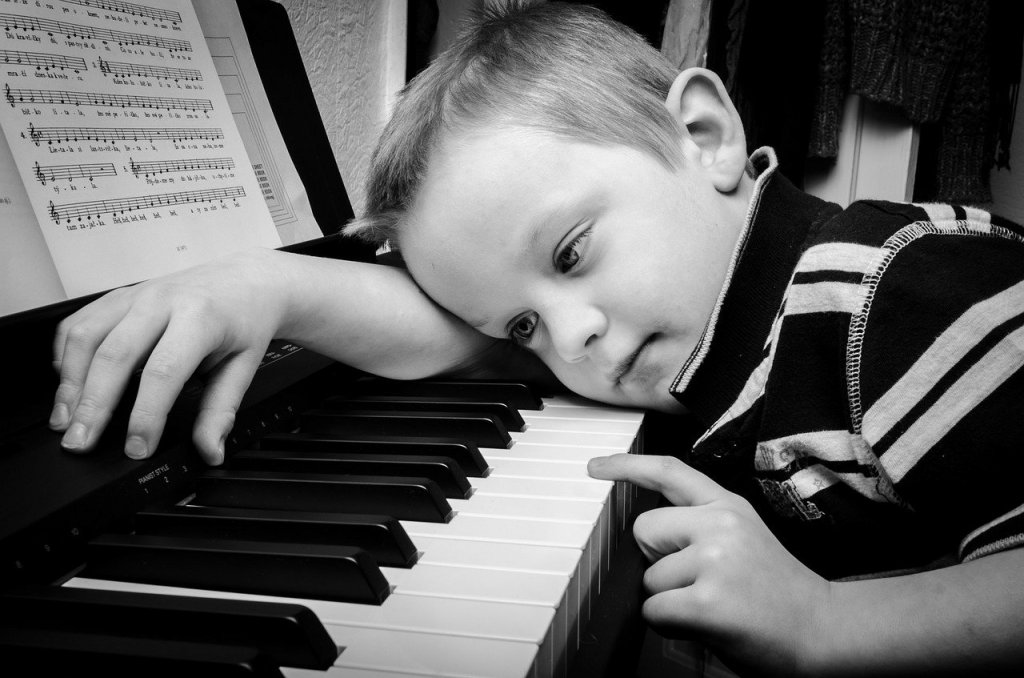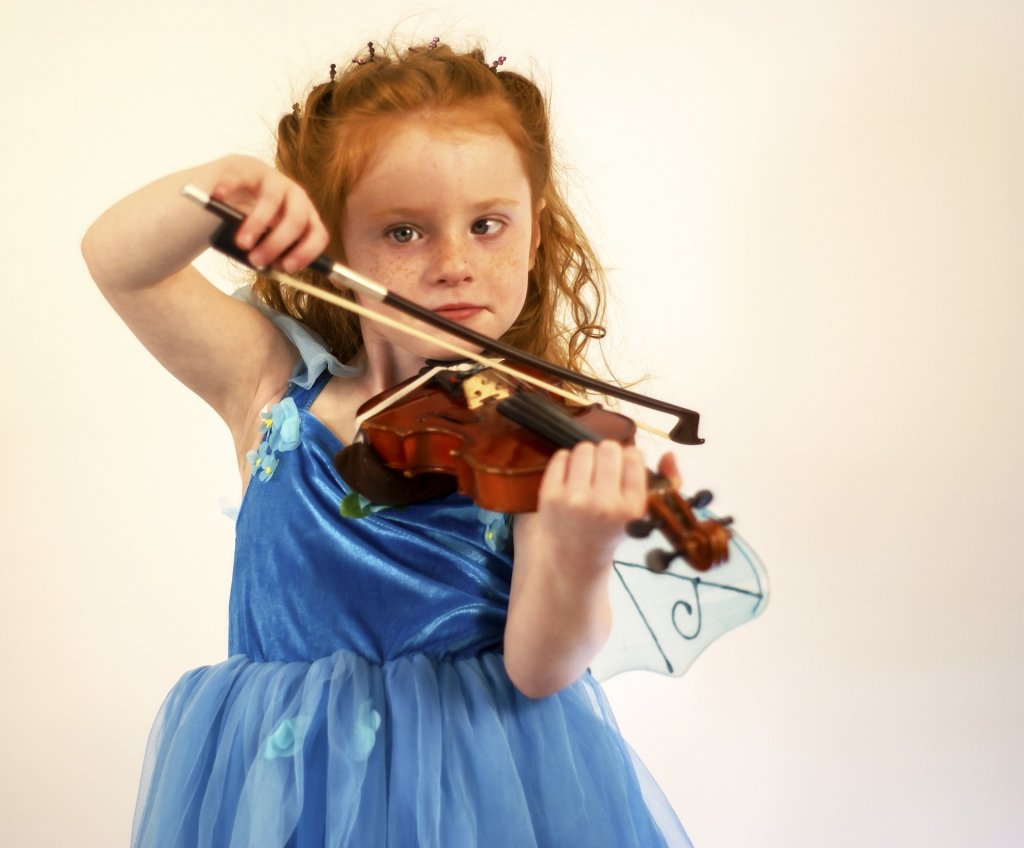Music Learning for Hearing Impaired and Deaf Children: Capabilities and Effects
Introduction and Background
The uOttawa Piano Pedagogy Research Laboratory, in collaboration with researchers from uOttawa Audiology and the ENT and Otolaryngology clinic at the Children’s Hospital of Eastern Ontario (CHEO), has been running a research program to investigate the abilities of cochlear implant (CI) recipients in learning and performing music, and the effects of music learning on their hearing system and well-being.
Music plays an important role in the everyday life of normal-hearing children: special lullabies and other songs of comfort are part of parental nurturing. During the preschool years, children are often invited to take part in informal music activities for enjoyment or as part of preschool programming. During the elementary school years, children sing songs, move to music, and possibly start learning to play a musical instrument. The inability to hear music may contribute to a decreased quality of life as the pleasure derived from music and the social enjoyment of music is often missing for people with profound or severe hearing impairment.1–3
Support and training for hearing impairment vary and depend on the severity, cause, and impact of the impairment. The earlier a child who is deaf or hard-of-hearing starts getting services, the more likely the child's speech, language, and social skills will reach their full potential. Hearing aids and CI are the most common intervention tools for children with hearing impairments. The cochlear implant is primarily designed to assist with speech perception, however, when parents decide that their child should receive a cochlear implant, they often expect that their child will also be able to become involved in a wide range of musical activities.4 There is also an indication that music might have an effect on the central auditory system and that it might improve other auditory skills.5 For that reason, studies on how CI recipients engage in music-making, how they enjoy formal music lessons, and the effects on the central auditory system are an important research area to investigate.
Project 1. The Response of Hearing-Impaired Children To Piano Lessons: Engagement and Enjoyment of Music

To begin our research program we conducted a preliminary exploratory study. The purpose of this study6 was to establish the groundwork for further study, confirming if young children with cochlear implants can successfully learn to play piano, and feel engaged in the process. CI children and normal-hearing children received six months of formal individual piano lessons where aural modeling (Suzuki) was the main teaching method. Engagement was measured by a daily practice logbook indicating the number of days of practice a week, the duration of each practice session, and the number of days listening to the audio modeling CD. The engagement shown by hearing-impaired children was comparable or better to the two normal-hearing children who had lessons during the same period; results are shown in Table 1.
Table 1. Practice and Interest Level Metrics Derived from Weekly Forms for Children with Cochlear Implants (CI) And Normal-Hearing Children (NH)
| Mean results | |||
| CI | NH | ||
| Practice metrics | |||
| Days per week | 5.1 | 5.4 | |
| Minutes per week | 54.9 | 36.7 | |
| Minutes per session | 13.6 | 7.1 | |
| Listening (days per week) | 3.7 | 3 | |
| Interest level metrics* | |||
| Child’s opinion | |||
| Practice quality | 2.9 | 2.4 | |
| Parent’s opinion | |||
| Practice quality | 2.9 | 2.4 | |
| Child seemed excited | 4.4 | 4.6 | |
| Child sat at piano willingly | 4.8 | 4.5 | |
| Child went to piano outside of practice time | 4.3 | 4.8 | |
*Practice quality was rated on a 3-point Likert scale (3 = most positive), while the other parameters were rated on a 5-point Likert scale (5 = most positive).
This study suggests that it is possible for hearing impaired children to learn to play the piano and to enjoy music making. The children’s diligence in practice and overall performance accomplishments were most strongly evident at a formal students’ recital in a concert hall, where the CI users played along with many other regular normal hearing students. Furthermore, according to the teacher, all parents reported increases in their children’s musical self-confidence, social interactions with peers, and singing within the home. Most surprising to parents was that all of the CI students signed up for their school’s end-of-year talent show and performed in front of the whole school. The parents reported a positive correlation between social acceptance and piano lessons. This study was the first attempt we are aware of to examine how children with a profound hearing deficit respond to piano lessons in terms of engagement and enjoyment.
Project 2. The Effect of Piano Lessons on Deaf and Hearing-Impaired Children
This study, currently in the planning stage, is a continuation of the pilot study mentioned above. The objective is to investigate the effects of learning piano on the central auditory system of hearing impaired and deaf children. We plan to explore the changes caused by piano lessons on the type of brain wave called ‘auditory evoked potentials’ (AEPs) at the cortical and subcortical level in children with and without hearing impairment. This will be a longitudinal study with periodic testing over five years. During the 5 years, participants will attend weekly lessons and practice regularly at home. The participants will undergo a full audiological evaluation and AEPs recordings before commencing piano lessons, and once per year during lessons. In addition to investigating for effect on the central auditory system, we will test for changes in music perception abilities and emotional speech prosody using existing testing batteries.7 The results of this research will further our understanding of the functioning of the central auditory system in hearing impaired and deaf children and may benefit audiologists in their clinical practices.
Project 3. A Case Study of an Advanced Violinist with Cochlear Implants

Our third project (in progress) is to build a case study of a profoundly deaf violinist with cochlear implants. The violinist is a first-year undergraduate music student. It is quite remarkable that someone with such a degree of hearing loss can play a musical instrument at an advanced level, and more remarkable still that it is possible on a violin which is generally regarded as an instrument that requires very acute hearing to play well. Four sets of data are being collected for this case study: (1) interviews with the violinist in question as well as his parents and violin teachers; (2) music perception test data including a comparison with a control group of violinists at a similar level and age; (3) questionnaire data used to evaluate music students’ motivation levels; (4) the violinist's medical records including detailed audiometric data, surgical history, and auditory rehabilitation techniques and schedule. This work will demonstrate what deaf people are capable of concerning music learning, and what one individual's path towards mastery of a musical instrument entailed. This case study will be of particular value to children with cochlear implants and their parents as an example of the possibilities that exist despite being deaf.
Conclusion
Enjoyment of music through listening and performing is enriching and beneficial for anyone, but especially those that have had to deal with the limitations of deafness in their lives. Our work in this area will contribute to the body of knowledge on the effects of music learning on the deaf and hearing-impaired and spread awareness of what deaf people are capable of concerning music learning. We have discovered that young children with cochlear implants can be very motivated to learn to play a musical instrument and that their music-making was an enjoyable, rewarding experience. Our current research will help to deepen our understanding of the functioning of the central auditory system in hearing impaired and deaf children and potentially indicate whether exposure to music for children with hearing impairment can positively influence their neural responses. There are innumerable benefits in learning a musical instrument, and we hope to contribute to bringing the world of music to hearing-impaired children.
References
- Lassaletta L, Castro A, Bastarrica M, et al. Does music perception have an impact on quality of life following cochlear implantation? Acta Oto-Larynogologica 2007;127(7):682–86.
- Wright R and Uchanski RM. Music perception and appraisal: Cochlear implant users and simulated cochlear implant listening. J Am Acad Audiol 2012;23(5):350–65.
- Zhao F, Bai Z, and Stephens D. The relationship between changes in self rated quality of life after cochlear implantation and changes in individual complaints. Clin Otolaryngol 2008;33:427–34.
- Gfeller K, Witt S, Spencer LJ, et al. Musical involvement and enjoyment of children who use cochlear implants. Volta Rev 1998;100:213–33.
- Chen JK-C, Chuang AY-C, McMahon C, et al. Music training improves pitch perception in prelingually deafened children with cochlear implants. Pediatrics 2010;125(4):793–800.
- Comeau G, Koravand A, and Markovic S. Response of hearing impaired children to piano lessons: Engagement and enjoyment of music. Canadian Music Educator/Musicien Educateur Au Canada 2017;58:12–18.
- Good A, Gordon KA, Papsin BC, et al. Benefits of music training for perception of emotional speech prosody in deaf children with cochlear implants. Ear Hear 2017;38(4):455.


